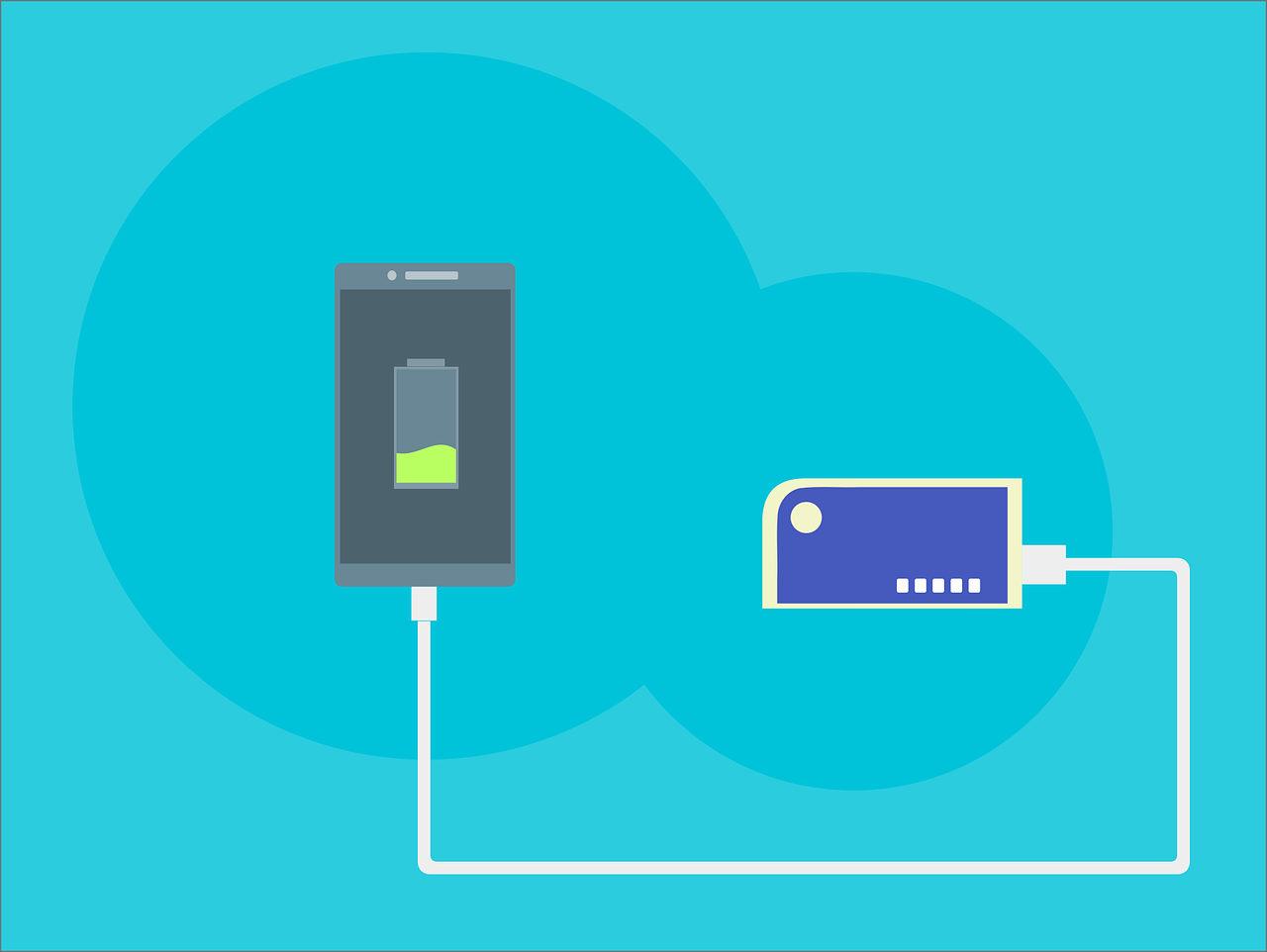Modern electrical devices such as mobile phones, cameras, and Laptops are dramatically smaller in size and weight compared to the models that were on the market some 15 years ago. This is why technological developments are worthwhile, including the rechargeable lithium batteries that keep all of these gadgets running.
Lithium batteries (or precisely the lithium-ion and lithium polymer batteries, which are the evolution of the first ones) have great “energy density,” meaning they can store relatively large volumes of electricity in a small volume, load faster and last longer. So, coupled with the fact that lithium is one of the lightest chemical elements, it’s easy to see why they have sent NiCd and Nickel Metal Hydride batteries (NiMH) batteries back from their application to smartphones or laptops.
Although the previous generation batteries have been withdrawn, most of them still follow the charging rules that apply to them, and there is no reason why they do not affect the longevity and health of the new lithium batteries that power your gadgets.
Table of Contents
1st Myth: You Should Let Your Battery Run Out Completely
In fact, the exact opposite is true, as lithium batteries are at risk of being destroyed by their complete discharge.
That’s why most devices do not let them run out completely and turn off automatically before the batteries actually reach 0%.
, most gadgets are turned off when the battery drops below 10% so that it does not allow it to be fully discharged.
In fact, thanks to the remaining power, when you press the power button, they can show on the screen an indication that they need recharging.
Full discharge was an antidote to the so-called “memory effect” that old-generation batteries were experiencing, the capacity of which was reduced if you replenished their electricity before they were fully exhausted.
2nd Myth: Full Loads Ensure Longevity on Batteries
And this rule applies to NiCd and NiMH batteries, since in the case of lithium elements, the longer the time the energy level moves between 50% and 80%, so their “strength” will increase.
Therefore, unlike older batteries, where the ideal charge should start at 0% and reach 100%, the lithium batteries are the frequent and short charging times to keep as much as possible “half full” .
With the same logic, it is advisable to avoid leaving your gadget in the socket all night. The first reason is that, once the battery reaches 100%, for safety reasons the control circuits will disconnect the power from the socket, restoring it when the stored electricity drops by 2-3%. These microwave-discharging cycles negatively affect the battery life.
Although they do not reduce their duration vertically, they are shorter when they need to be replaced.
On the other hand, the longer the socket is, the higher the battery’s exposure to high temperatures, which are “unhealthy” for its performance.
This problem is even more pronounced when your gadget (for example, the mobile) is inside a case that traps the heat.
3rd Myth: Fully Charges New Devices Before First Use
Most devices are sold with charged batteries at a certain rate, just to be able to use them as soon as you remove them from the packaging.
Of course, if you follow this rule it will not adversely affect battery performance.
However, you will not benefit it at all.
This advice was about NiCd and NiMH batteries, which really needed initial charging.
Myth 4: Batteries Begin To “age” Once They Are Used
The performance of all batteries begins to decrease as they are built. In the case of 12v lithium batteries, however, shelf life is quite large, which means that their capacity and supply tend to be degraded considerably with their use. The only requirement is to store them in mild temperatures and in low humidity environments.
Once you start using a battery, its lifetime depends on the full charge cycles, ie how many times it will replenish 100% of the stored electricity. One general rule is that it will lose 30% of its original capacity after 300-500 full charge cycles.
5th Myth: It Is Good To Store The Batteries In The Refrigerator
In fact, the refrigerator environment is unhealthy for all types of batteries, not just for lithium batteries, since extreme low temperatures degrade their performance.
At the same time, the high moisture inside the maintenance is likely to cause corrosion of the battery, resulting in its destruction.
It is no coincidence that battery manufacturers conserve their products in mild conditions, ie at normal room temperatures (from 20 ° C to 25 ° C) and in dry places.








